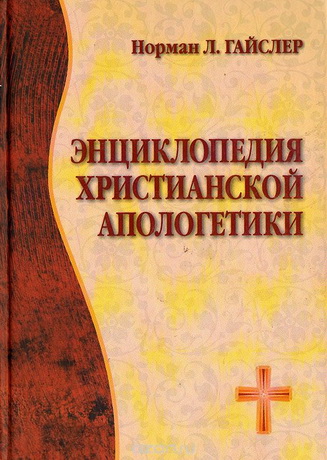
New Testament Readings - James - Galatians - Ephesians - 2 Thessalonians
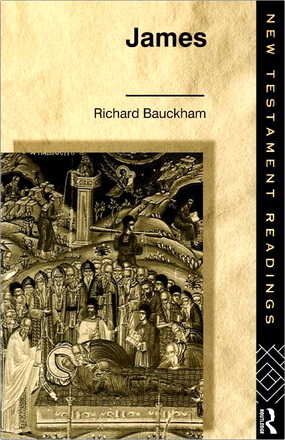
Is the letter of James really a letter? It certainly purports to be. It begins with the stereotypical form of letter-opening with which all Greek letters began, consisting of the ‘parties formula’ (‘X to Y’) and a salutation (‘Greetings!’). But scholars have often challenged its right to be considered a ‘real’ letter. Here two different issues, often confused, need to be distinguished: (1) Does James have the form and content of a real letter? (2) Did it function as a real letter, i.e. was it really sent, by the hand of a messenger or messengers, from an author resident in one place to recipients living elsewhere?
With regard to the first issue, James has the only formal feature of the ancient letter form which was essential: the letter-opening. It is true that most ancient letters had both a stereotyped letter-opening and also a somewhat less stereotyped letter-closing (in Greek letters usually at least ‘Farewell!’). James lacks a formal letter-closing. But the letter-closing, though normal, was not essential. Some private letters surviving in autograph from the New Testament period lack any letter-closing formula. Like James, they just end. In the case of James, it is also quite possible that scribes who copied the letter for subsequent use, when it no longer functioned as a letter, omitted a conventional letter-closing formula (such as ‘Farewell!’) which had no interest or function for later readers, while retaining the letter-opening because it identified the author. The important point is that the letter-opening is quite sufficient to make James formally a letter.
As for the so-called ‘body’ of the letter (everything between the opening and closing formulae), formal characteristics, though identifiable in some letters, were flexible and dispensable. Material of any form or content could be made into a letter by prefixing to it the formal letter-opening which specified that it was being sent by person or persons X to person or persons Y. This means that the content of a letter could belong to another literary genre. If one wished to send a legal document to a person in another place, one merely needed to prefix a letter-opening. The book of Revelation is generically an apocalypse, but it is also a letter, because the author wished to send it as a circular letter to the seven churches of the province of Asia, and by including a formal letter-opening in the introduction (1:4–5a) he made it a letter. James could have been written, without its first verse, as a work of paraenesis (ethical exhortation or advice) or wisdom instruction. It would then have been a work generically comparable to such Jewish and early Christian writings as the Wisdom of Jesus Ben Sira or the Sentences of Pseudo-Phocylides or the Didache or the Teachings of Silvanus. It does indeed resemble such works, in form and content, but its first verse makes it also a letter.
Richard Bauckham – James – Wisdom of James - disciple of Jesus the sage
London: Routledge, 2002. - 259 pp. - (New Testament readings.)
ISBN 0-415-10369-X (hbk)
ISBN 0-415-10370-3 (pbk)
ISBN 0-203-01198-8 Master e-book ISBN
ISBN 0-203-17508-5 (Glassbook Format)
Richard Bauckham – James – Contents
- Acknowledgements
- List of abbreviations
- Prologue: Looking into James as into a mirror
- 1. An encyclical from James to the Diaspora
- 2. The wisdom of James, disciple of Jesus the sage
- 3. James in canonical context
- 4. James in modern and contemporary contexts
- Epilogue: Through the looking glass and back
- Notes
- Bibliography
- Index
- Modern authors
- Biblical references
- Other ancient sources

Philip Esler – Galatians
London: Routledge, 2003. – 307 pp. – (New Testament readings.)
ISBN 0-203-41076-9 Master e-book ISBN
Philip Esler – Galatians - Contents
- List of Illustrations
- Series editor’s preface
- Preface
- List of abbreviations
- 1. Reading Galatians
- 2. Social identity and the epistle to the Galatians
- 3. Context and rhetoric in Galatians
- 4. The problem with mixed table-fellowship
- 5. Paul, Jerusalem and Antioch
- 6. Righteousness as privileged identity
- 7. Paul and the law
- 8. Freedom, the Spirit and community life (Gal. 4.21–6.10)
- Epilogue: the intercultural promise of Galatians
- Appendix: Paul’s attitude to the law in Rom. 5.20–21
- Notes
- References
- Index of ancient sources
- Index of modern authors

Martin Kitchen – Ephesians
London: Routledge, 2002. – 162 pp. – (New Testament readings.)
ISBN 0-415-09506-9 (hbk)
ISBN 0-415-09507-7 (pbk)
ISBN 0-203-13091-X Master e-book ISBN
ISBN 0-203-20549-9 (Glassbook Format)
Martin Kitchen – Ephesians - Contents
- Series editor’s preface
- Preface
- Note on the text
- 1. An introduction to a reading of Ephesians
- 2. The legacy of Paul
- 3. Summing up
- 4. Thanksgiving
- 5. The worthy walk
- 6. Walk differently, in love and in light
- 7. Walk wisely
- 8. The armour of God
- Postscript: ‘To sum up’
- Bibliography
- Index

Maarten Menken – 2 Thessalonians
London: Routledge, 2002. – 182 pp. – (New Testament readings.)
ISBN 0-415-09504-2 (Print edition) 0-415-09505-0 (pbk)
ISBN 0-203-13306-4 Master e-book ISBN
ISBN 0-203-17817-3 (Glassbook Format)
Maarten Menken – 2 Thessalonians - Contents
- Series editor’s preface
- Acknowledgements
- Introduction: 2 Thessalonians in historical perspective
- 2 Thessalonians in English translation
-
Part 1. The setting of 2 Thessalonians
- 1. 2 Thessalonians as a letter
- 2. The author of 2 Thessalonians
- 3. The milieu of 2 Thessalonians
-
Part 2. A commentary on 2 Thessalonians
- 4. The structure of 2 Thessalonians
- 5. 2 Thessalonians 1: Prescript and proem—the eschatological retribution
- 6. 2 Thessalonians 2: The body of the letter—the day of the Lord has not yet come
- 7. 2 Thessalonians 3: Exhortation and letter-closing—the disorderly brothers and sisters
- Conclusion: 2 Thessalonians and Paul
- Bibliography
- Index of subjects
- Index of references to biblical and other ancient literature
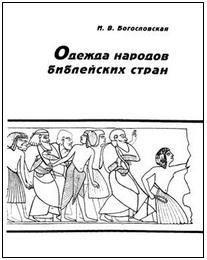
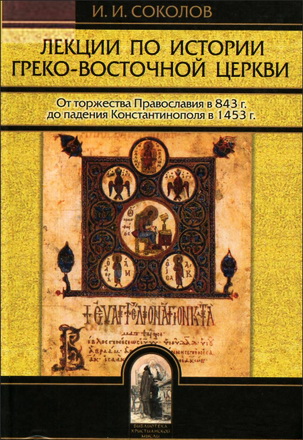

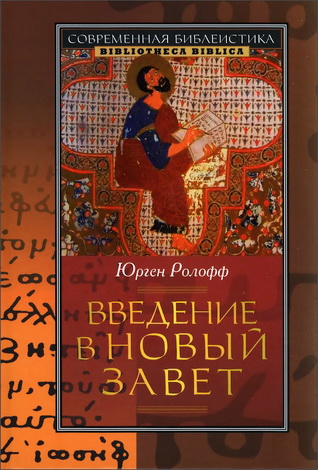
Комментарии
Пока нет комментариев. Будьте первым!